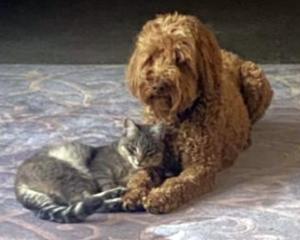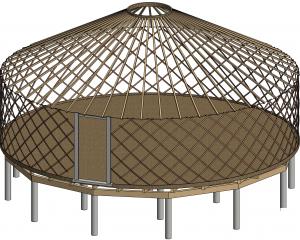Anti-1080 campaigner Carol Sawyer said information released under the official information act showed Doc knew rat and stoat levels were low in the area before it conducted the aerial drop last month. Out of the 2280 pest monitoring tunnels in the area, only 43 showed evidence of rats. Part of the operation’s target was to reduce rat tracking to below 5% in tracking tunnels.
The other target was to reduce possum numbers.
About 600 of the tunnels showed evidence of mice and 32 showed evidence of stoats. Ms Sawyer asked why Doc went to all the trouble of conducting a survey if it was completely ignored.
Doc signs posted at Makarora stated the area had been identified as a priority area for predator control, as possum and rodent levels had reached a threshold, she said. The 1080 drop data showed it was not justified and contradicted Doc’s own statements, Ms Sawyer said.
Doc senior communications adviser Herb Christophers said the decision to go ahead with the drop was driven by the level of threat to the mohua, long-tailed bat, rock wren and kea populations in the area.
The threat assessment was based on predator monitoring.
While September monitoring showed low rat numbers, the mouse population was increasing and because of that, high stoat numbers were expected. Possum control alone justified the drop, he said.
It was the first time Doc had carried out possum control in the area.
Originally planned for late 2016, the Makarora pest control operation did not take place until February, due to unsettled weather. While the delays were not ideal for stoat control, their numbers should still be reduced.
The low rat level meant Makarora was less urgent than other competing sites in Doc’s Battle for our Birds predator-control programme. Rodent and stoat numbers were being collected using monitoring tunnels and those results would determine how successful the operation had been, Mr Christophers said.
Comments
There was absolutely no justification for this drop " monitoring showed low rat numbers", "not ideal for stoat control", "Out of the 2280 pest monitoring tunnels in the area, only 43 showed evidence of rats". all this coupled with, wrong time of the year, very poor signage, high tourist numbers, contamination of all streams with poison in area, no adherence to safety precautions on poison label. absolutely unbelievable. what business other than a government department would get away with this.
"How can DoC's Herb Christophers say "Possum control alone justifed the drop" when DoC have done NO possum monitoring in the Makarora/Wilkin Valleys for the past two years and have no idea of possum numbers !"
Justpete, that's an interesting statement. How do you know that?
Carol Sawyer talked only of rats, but DOC's decision was based on mice and possum numbers. So Carol gave only part of the story. The signage was as per the standards laid down by EPA. Water tests after 1080 drops have shown that in 96% of cases no fluoroacetate from 1080 is detected in the water, and in 4% only very low levels, less than MOH limits. So there was no danger to tourists.
I'm really happy that introduced predators that threaten mohua, long-tailed bat, rock wren and kea in the area have been removed.











